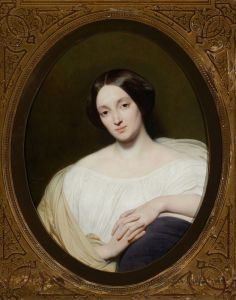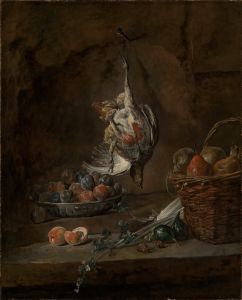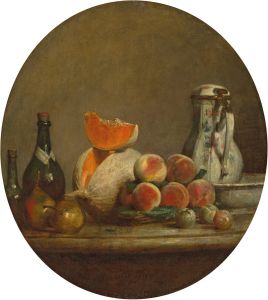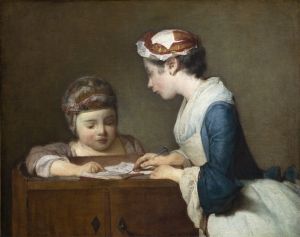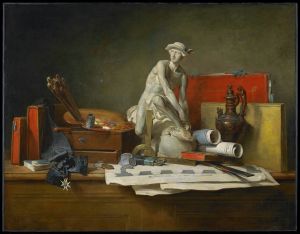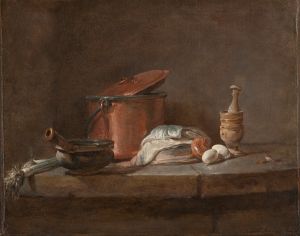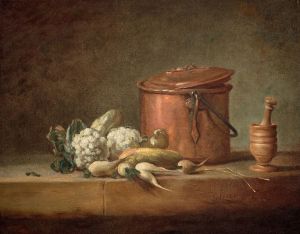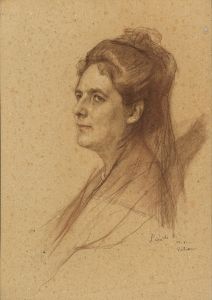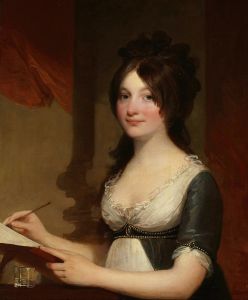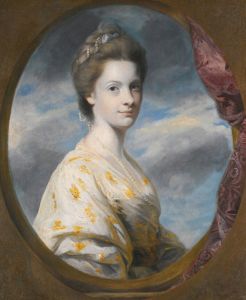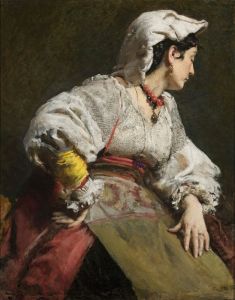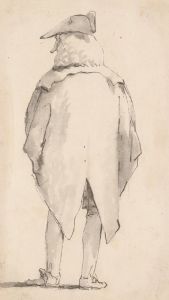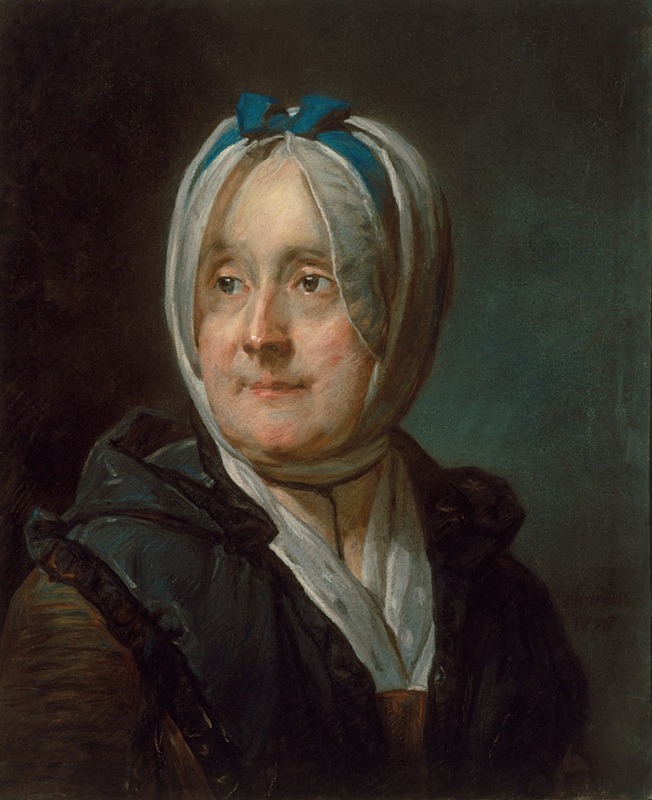
Portrait of Madame Chardin
A hand-painted replica of Jean Siméon Chardin’s masterpiece Portrait of Madame Chardin, meticulously crafted by professional artists to capture the true essence of the original. Each piece is created with museum-quality canvas and rare mineral pigments, carefully painted by experienced artists with delicate brushstrokes and rich, layered colors to perfectly recreate the texture of the original artwork. Unlike machine-printed reproductions, this hand-painted version brings the painting to life, infused with the artist’s emotions and skill in every stroke. Whether for personal collection or home decoration, it instantly elevates the artistic atmosphere of any space.
Jean Siméon Chardin's Portrait of Madame Chardin is a painting created by the renowned French artist Jean Siméon Chardin, who is widely celebrated for his mastery in still life and genre painting during the 18th century. This particular work is a portrait of his second wife, Marguerite Saintard, whom he married in 1731 after the death of his first wife. The painting is believed to have been completed around 1775, during the later years of Chardin's life, when he turned increasingly to portraiture, often using pastels as his medium.
The portrait depicts Madame Chardin in a seated pose, wearing a bonnet and modest attire, reflecting the simplicity and quiet dignity characteristic of Chardin's style. The work is notable for its intimate and unpretentious portrayal of the subject, emphasizing her humanity rather than idealizing her appearance. Chardin's use of soft, muted tones and delicate shading creates a sense of warmth and realism, while the attention to detail in her facial expression conveys a sense of introspection and calm.
Unlike many of his contemporaries, Chardin did not focus on grandiose or theatrical compositions. Instead, his works, including this portrait, are marked by their understated elegance and focus on everyday life. This approach aligns with the values of the Enlightenment period, which emphasized reason, simplicity, and a return to naturalism in art and culture.
Portrait of Madame Chardin is an example of Chardin's later work, during which he increasingly utilized pastels rather than oil paints. This shift may have been due to his declining health and eyesight, as pastels allowed for a softer and more forgiving technique. Despite these challenges, Chardin continued to produce works of remarkable quality and emotional depth.
Today, Portrait of Madame Chardin is housed in the Louvre Museum in Paris, where it is part of the museum's extensive collection of 18th-century French art. The painting is admired for its technical skill and the tender relationship it suggests between the artist and his subject. It serves as a testament to Chardin's ability to capture the essence of his subjects with honesty and sensitivity, solidifying his reputation as one of the most important painters of his time.





